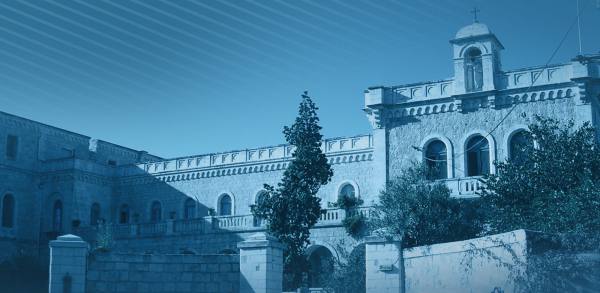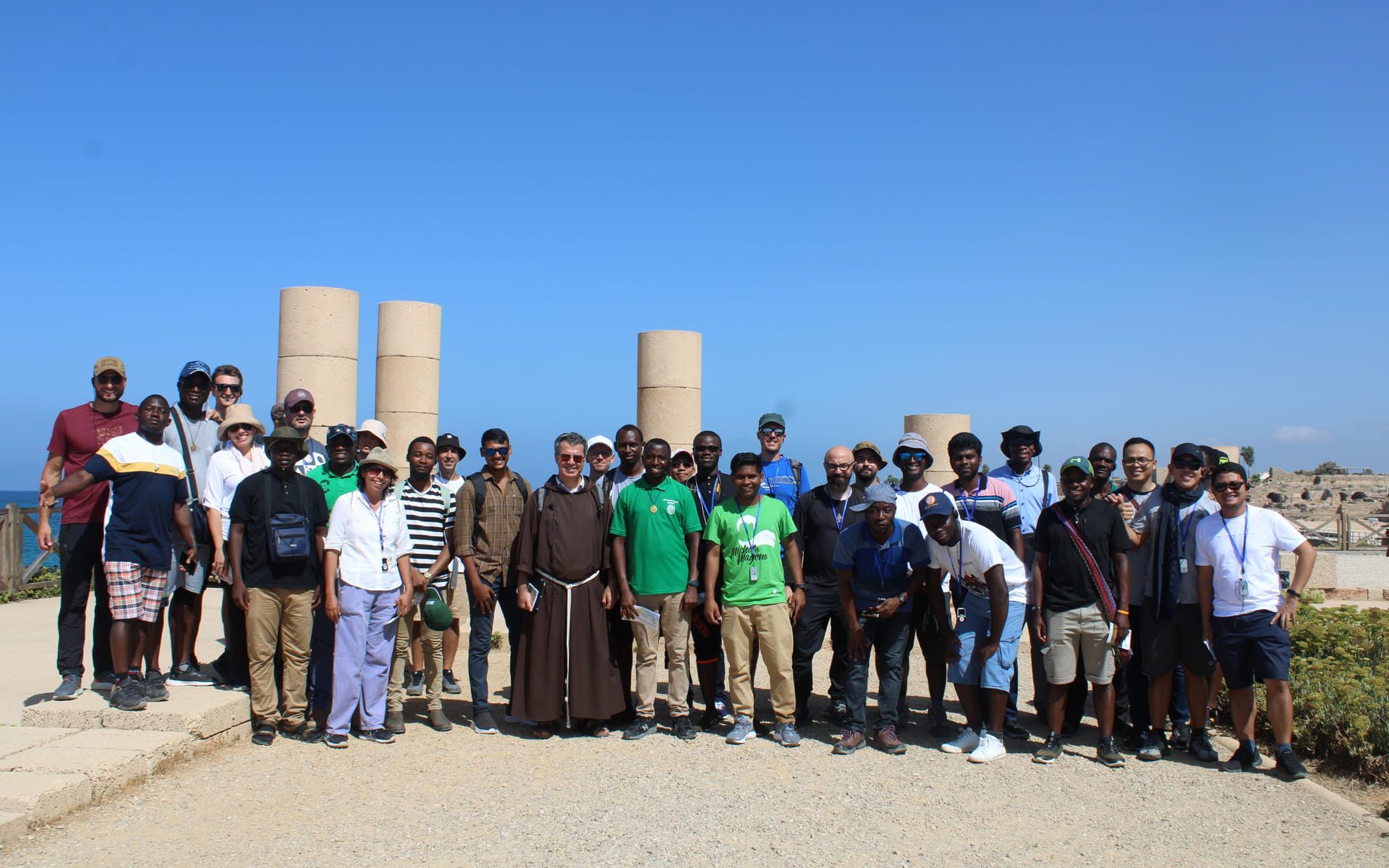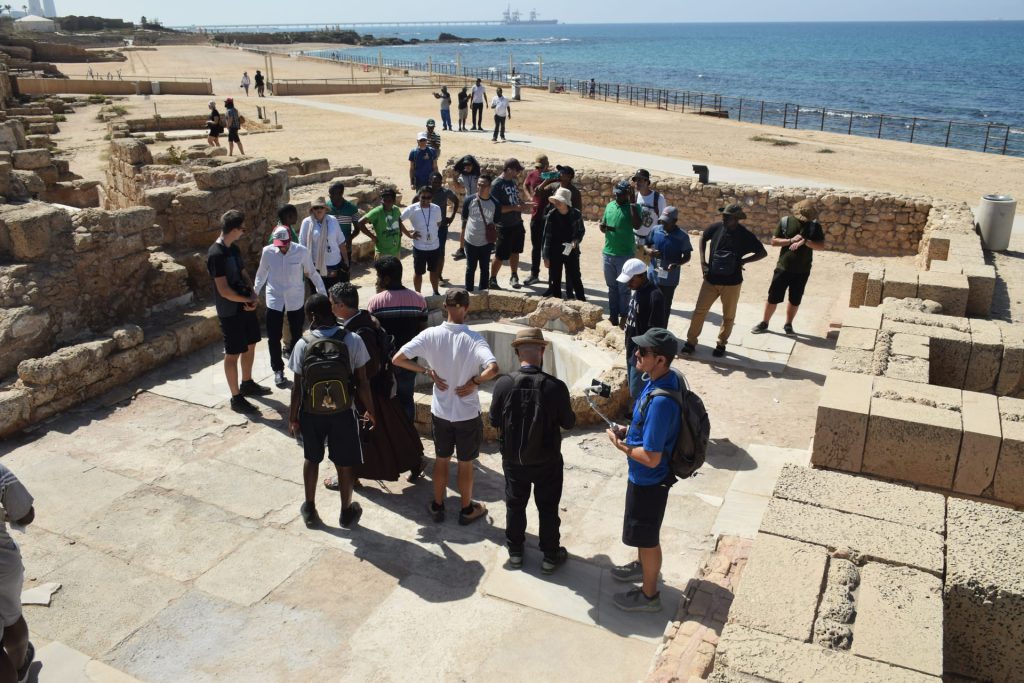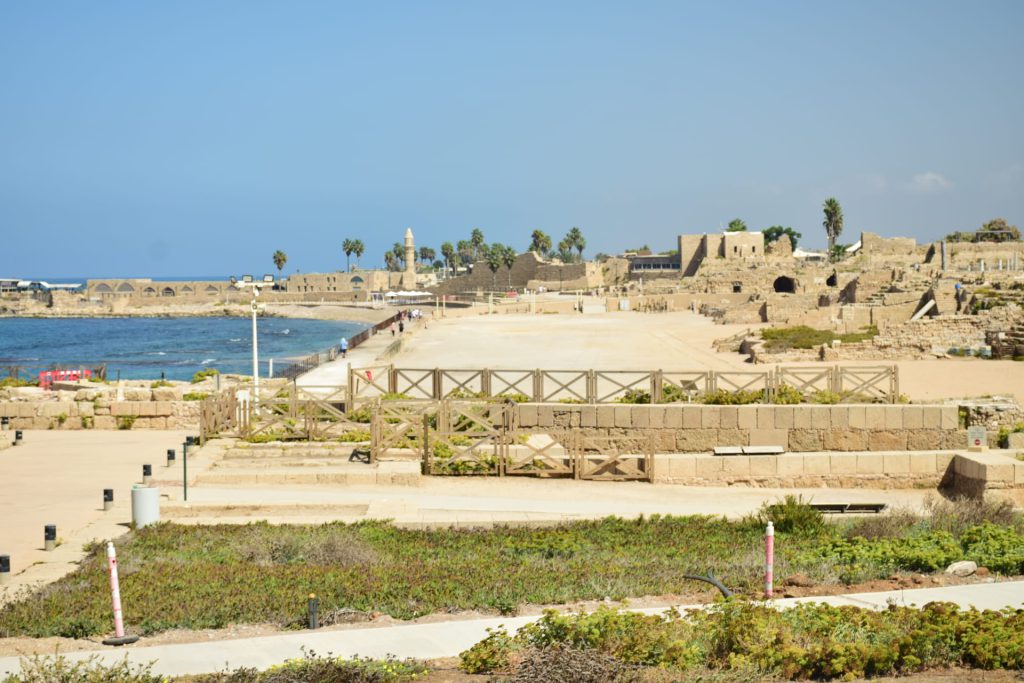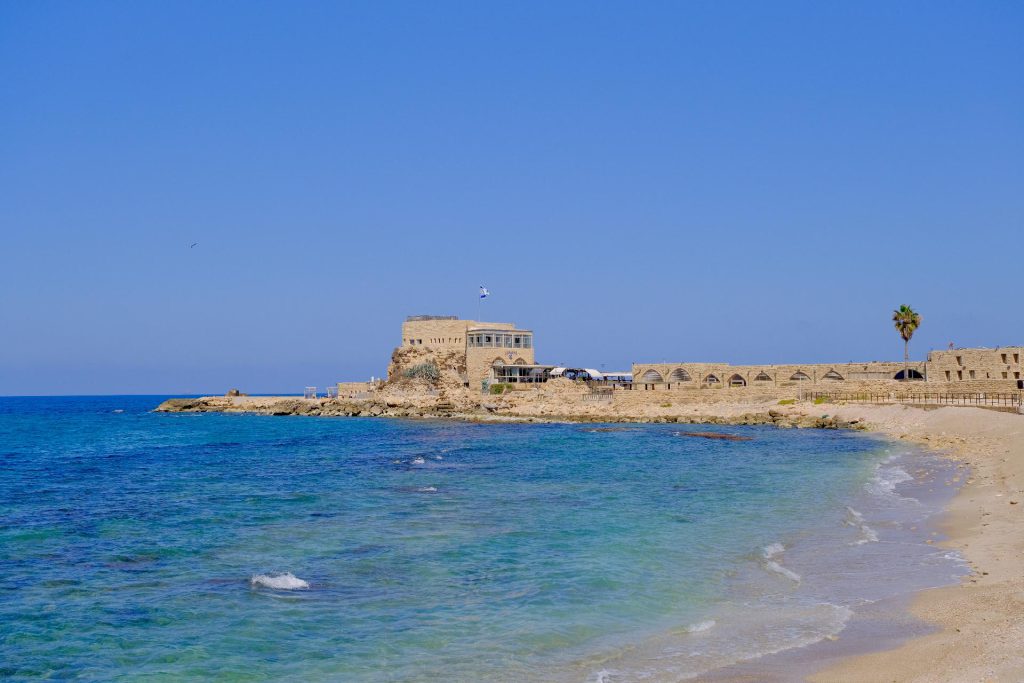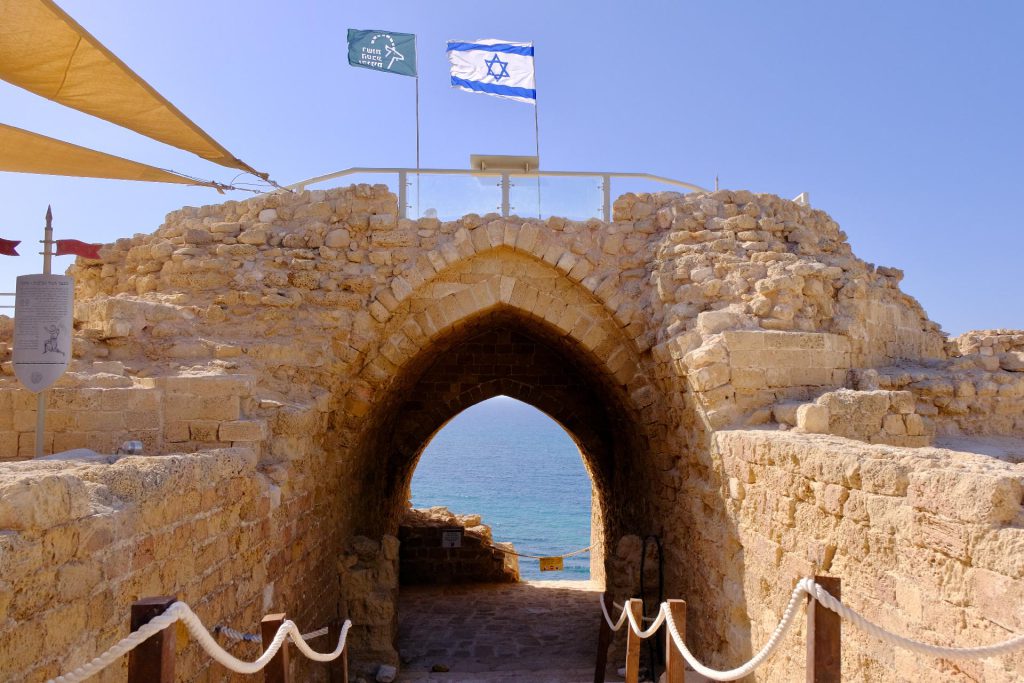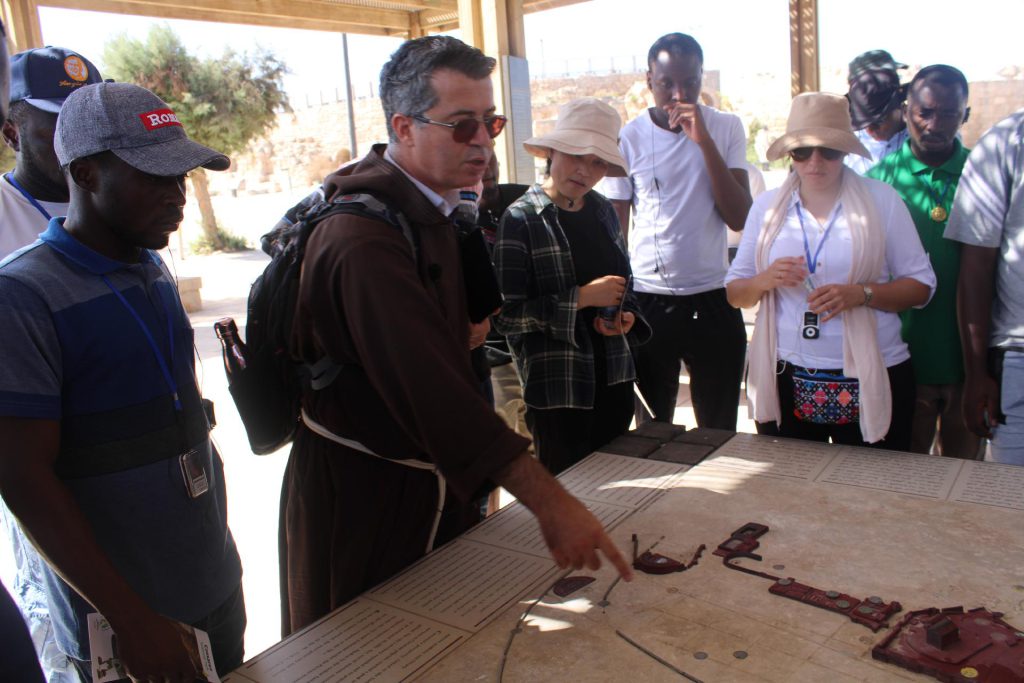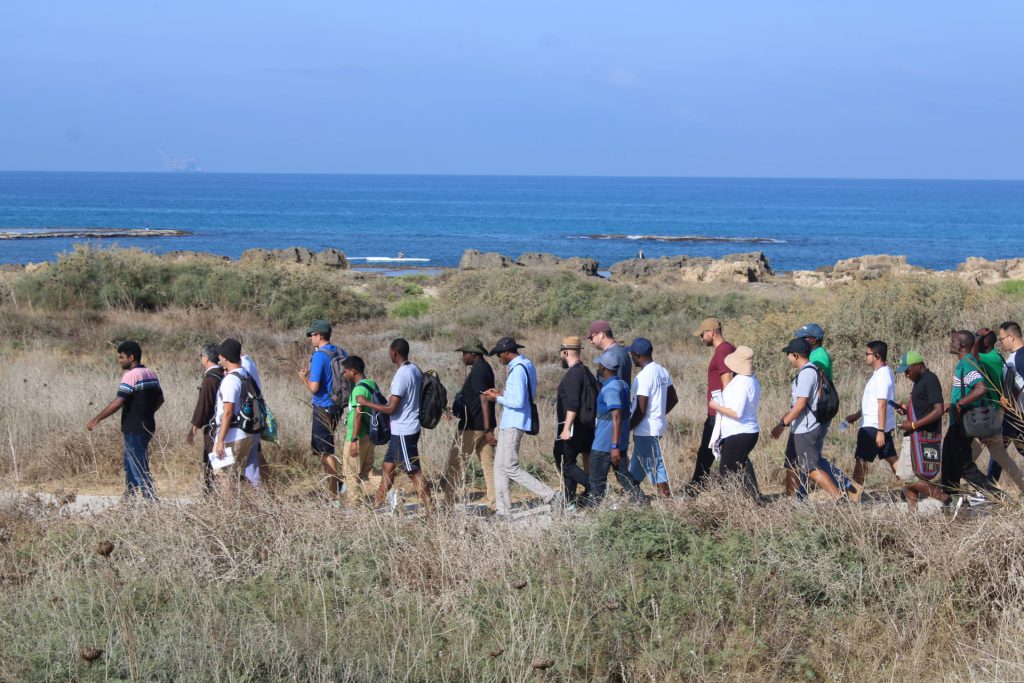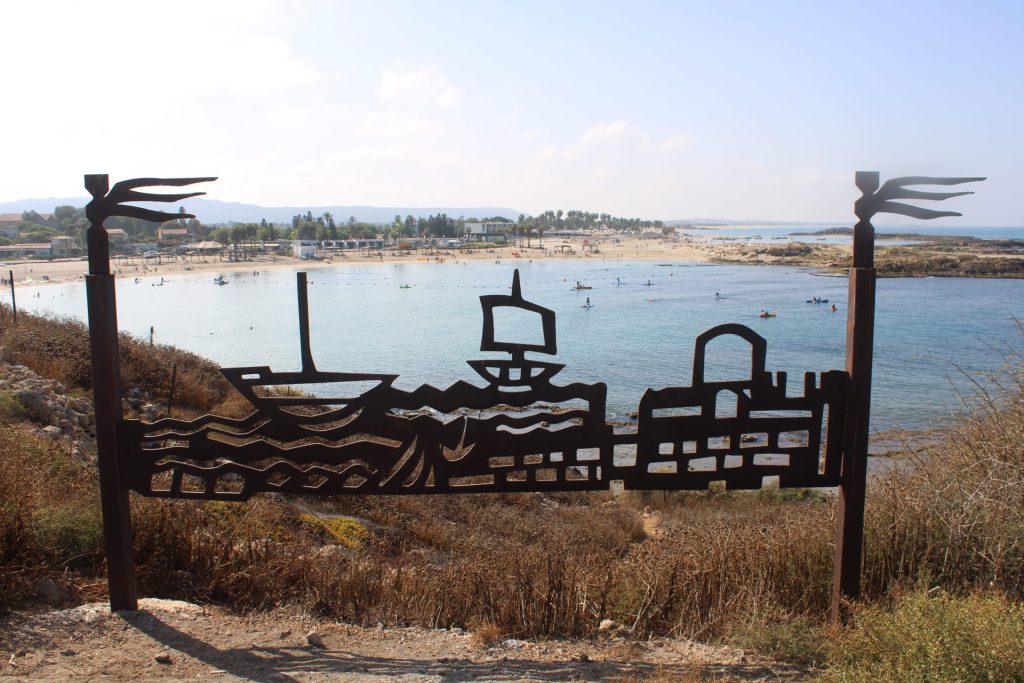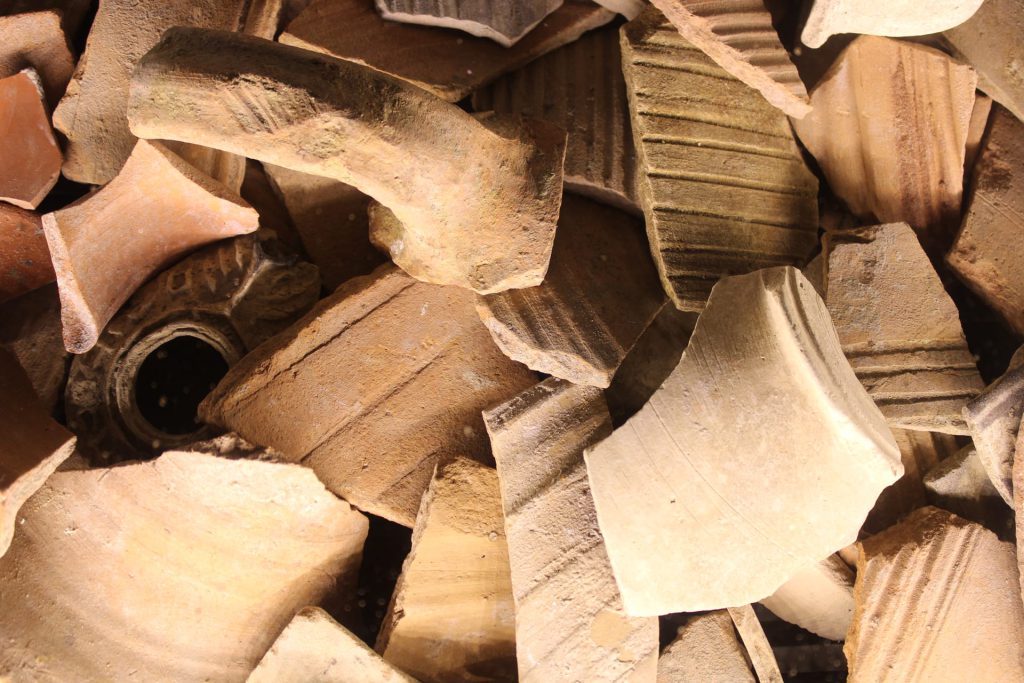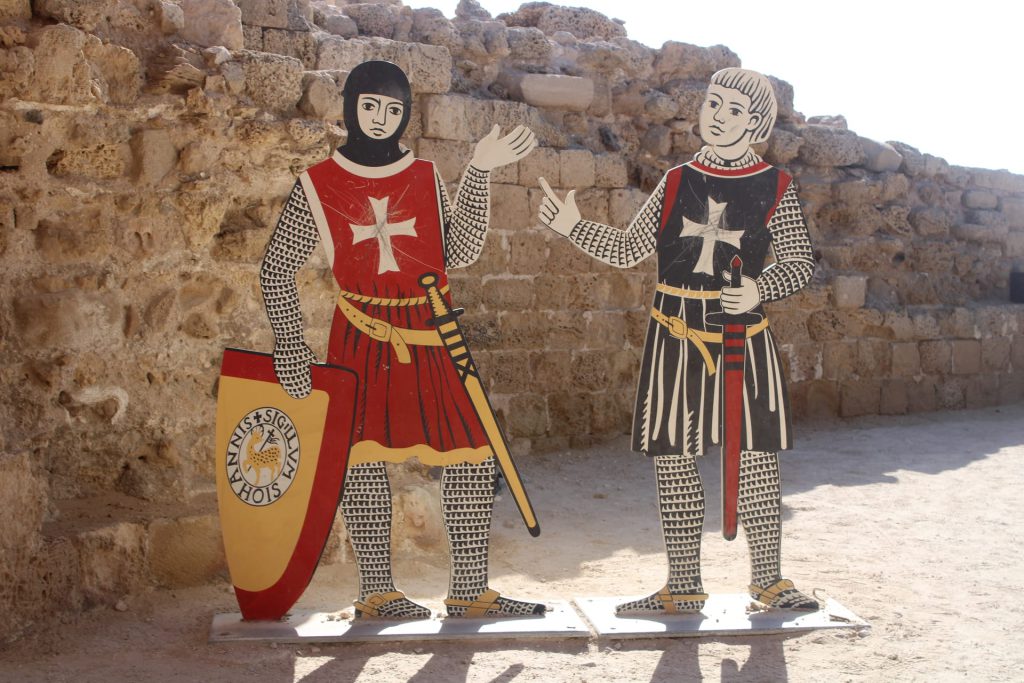On 30th September, the Salesian Theological University’s first Archaeological Excursion of 2022-23, took place journeying to the ancient coastal cities of Tel Dor, Caesarea Maritima and Apollonia. A day before the excursion, Fr. Yunus gave a brief explanation about these sites with maps and it was a great help for us.
TEL DOR
Firstly, we reached the beautiful ancient city (national park) of Tel Dor. It was the ancient city of the Phoenicians but was later taken over by Israelites during the unification of Northern and Southern Kingdoms. We could visit the ancient church remains, the amphitheater and human settlements. The longevity of modern investigation at Dor has meant that a body of evidence has been amassed, substantial enough to contribute productively to questions of both local and broader significance, among them the beginning and development of Phoenician culture, patterns of trade in the eastern Mediterranean and the impact of imperialism and changing foreign domination on the cities and cultures of the Levant. Evidence of human settlements, storage, boats, and potteries areas, all from the Iron Ages was visible. The Phoenicians’ purple dye pits are one of the main features of this site. They collected sea shells and boiled them in these pits, thus obtaining the purple dye which was used by the royalty.
CAESAREA
Next we visited one of the most important cities during Jesus’ time, Caesarea. It was a small town including Straton’s Tower during the time of Phoenicians. In 25 B.C., Herod the Great built a splendid sea port, one of its kind during his time, in honour of Augustus Caesar. It turned out to be one of the greatest sea ports of the era. As a matter of fact, it was also the port from which Peter and Paul sets out for Rome. There are still remains of the port to be seen, and also, the amphitheater, hippodrome, Roman wall, Byzantine church, Aqueduct and many more historical wonders. We could see many other Roman remains of statues, granite columns Doric, Ionic, and Corinthian, which embellished the roman buildings, adorned with mosaics and Greek inscriptions. It was amazing to see the mighty hippodrome, the walls of the crusaders which have stood for more than 1500 years. Both byzantine and crusaders walls which once protected the city, still stand today. One of the greatest discoveries of this site for Christianity is the inscription with mention of Pontius Pilate, which historically proves his existence. The warehouse complex (c. 75 by 40 m) built c. 500 CE, consists of six warehouses of three distinct types: courtyard warehouses, a corridor warehouse, and a complex warehouse. A marble head of Emperor Hadrian was discovered in one of those warehouses. In short, in the big city of Caesarea we saw a history of 500 years.
APOLLONIA
Apollonia-Arsuf is located in the north-western part of the modern city of Herzliya, on a kurkar (fossilized dune sandstone) ridge overlooking the Mediterranean shore. This is a place where beauty and history meet together. Also known as the ancient city and fortress of Arsuf, Apollonia was once home to the Persians, Romans and Crusaders. In 1994, excavations of the area revealed that Phoenicians settled there in the 5th or 6th century BC and it was officially part of the Persian Empire. In the Hellenistic period, the Greeks renamed the city Apollonia, after the Greek God Apollo. The area later fell to the Roman Empire during the occupation of the Holy Land. It was during this time that the city grew in size and importance and a harbour was constructed. Apollonia became the second largest city in the entire region with primarily Christian and Samaritan residents. Eventually, in the 12th century, the city became a Crusader stronghold where the Battle of Arsuf took place during the Third Crusade. Today, the ancient city, located on a cliff overlooking the Mediterranean Sea, is part of the Herzliya Municipality and has been intensively excavated since 1994. Here we saw the weapons used during the crusaders war with the Muslims. We could actually see the three defence walls the Crusaders built to protect themselves, and also the stone shells with catapults which were used in war.
Again, I would like to repeat that Apollonia is a place where ‘beauty and history meets’.
Raymond Joseph
30th September 2022
